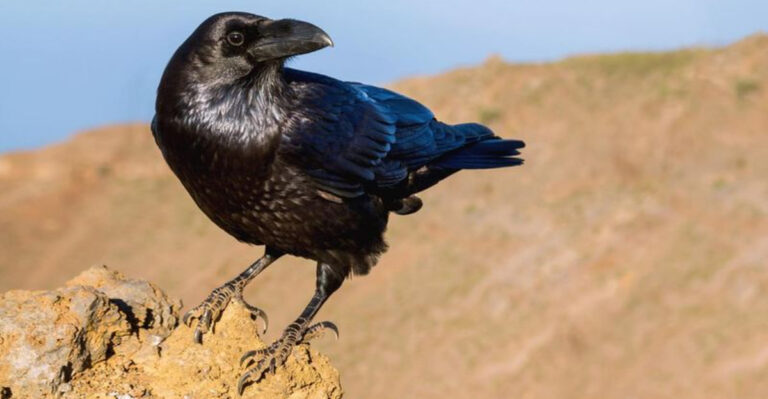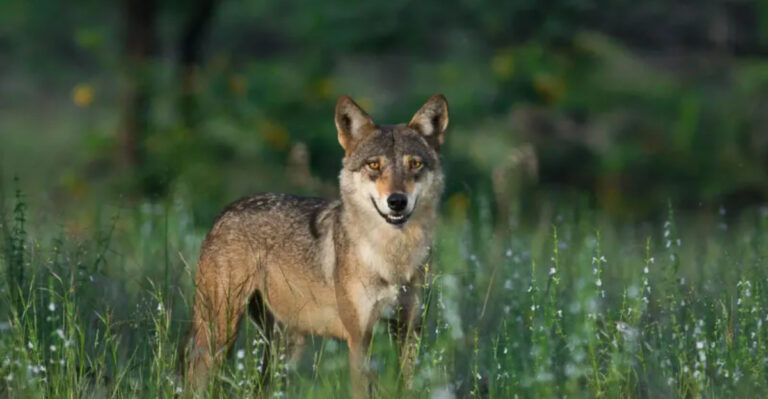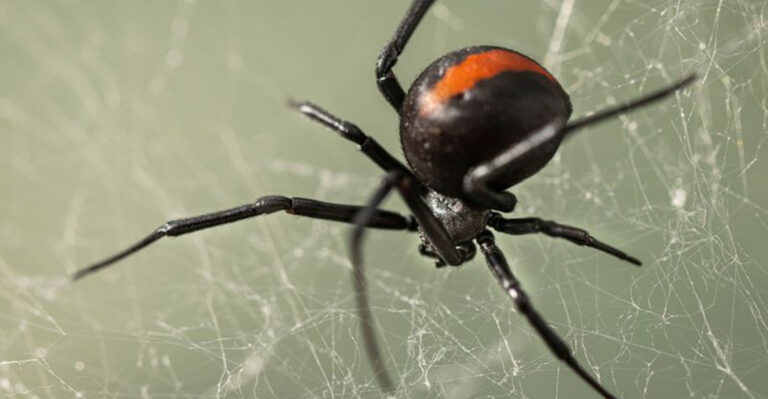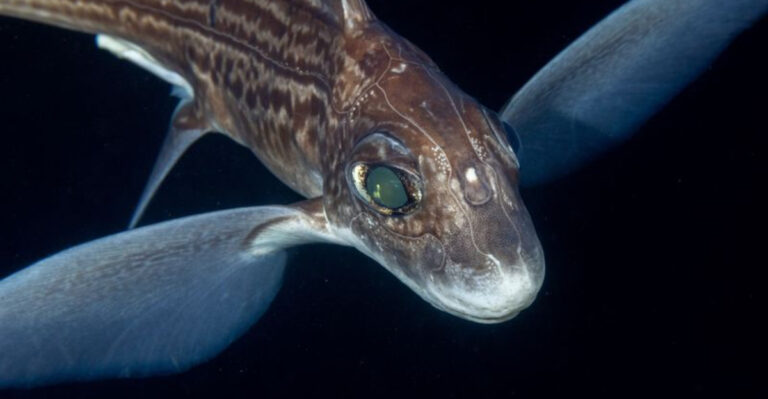15 Blind Animals That Have Developed Extraordinary Survival Skills
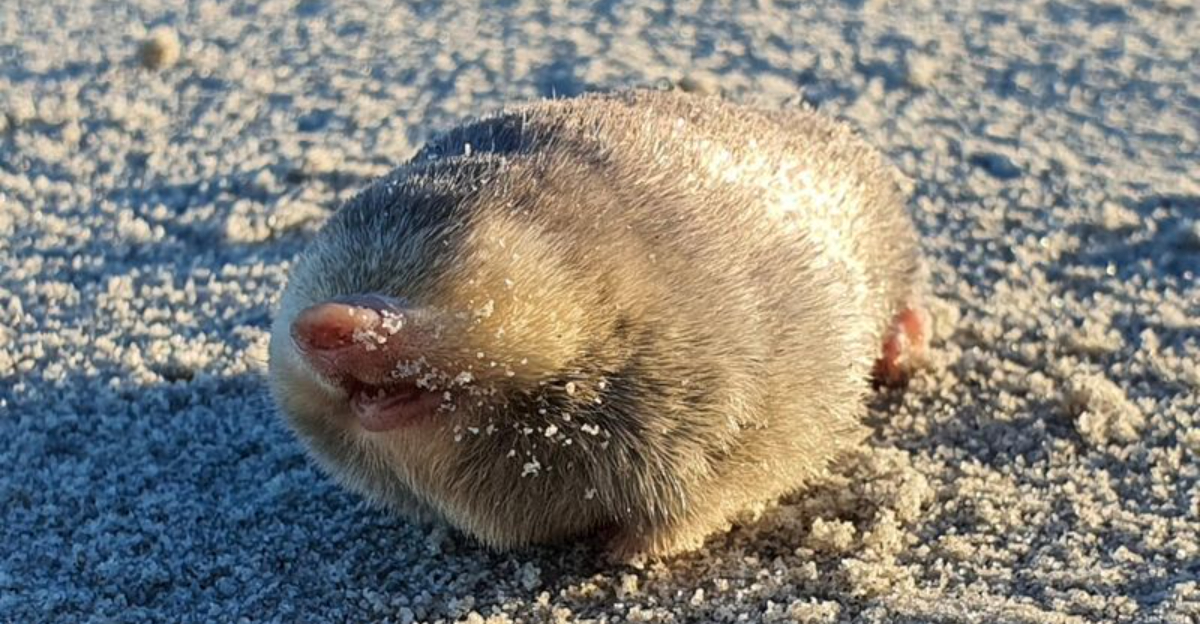
Prepare to be amazed by the world of animals who have turned blindness into a superpower! These incredible creatures have adapted in ways that defy logic, showcasing nature’s genius.
With unparalleled survival skills, they navigate their environments with precision and flair. Join us as we explore 15 extraordinary blind animals and discover the unique adaptations that help them thrive against the odds.
1. Star-Nosed Mole
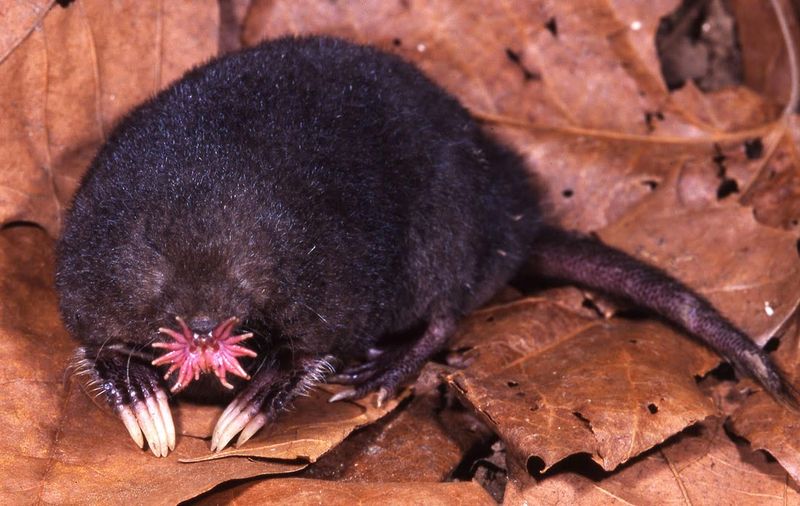
Unbelievably, the star-nosed mole’s blindness doesn’t slow it down at all. This remarkable creature uses its star-shaped nose to become nature’s fastest forager, detecting prey in a split second.
Burrowing underground with finesse, it navigates its dark world through touch, not sight. The mole’s nose is a masterpiece, turning a disability into a superpower.
2. Texas Blind Salamander
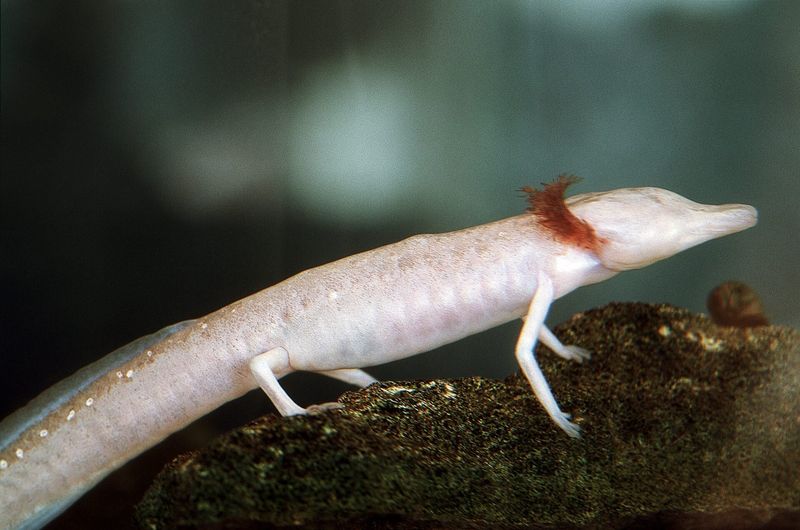
In the depths of Texas caves, the blind salamander reigns supreme. Sightless and seemingly fragile, it thrives in the shadowy aquatic underworld.
This amphibian’s heightened senses of smell and touch guide it effortlessly through the murky waters. Its ghostly appearance is a testament to evolution’s artistry in crafting survival out of darkness.
3. Blind Cave Fish
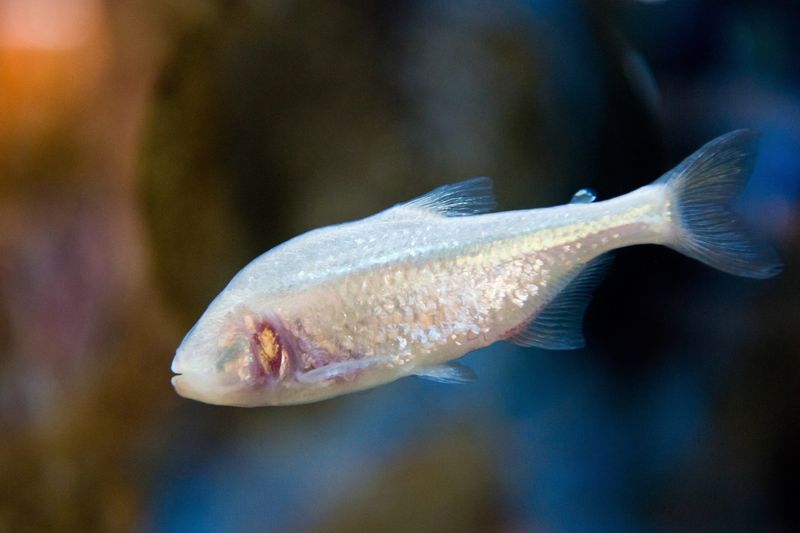
Blind cave fish have perfected the art of thriving without sight. In the perpetual darkness of underwater caves, they navigate through touch and vibration.
Scaleless and eye-less, they embody the beauty of adaptation, turning sensory deprivation into a survival advantage. These fish demonstrate how evolution crafts resilience from limitation.
4. Kauai Cave Wolf Spider
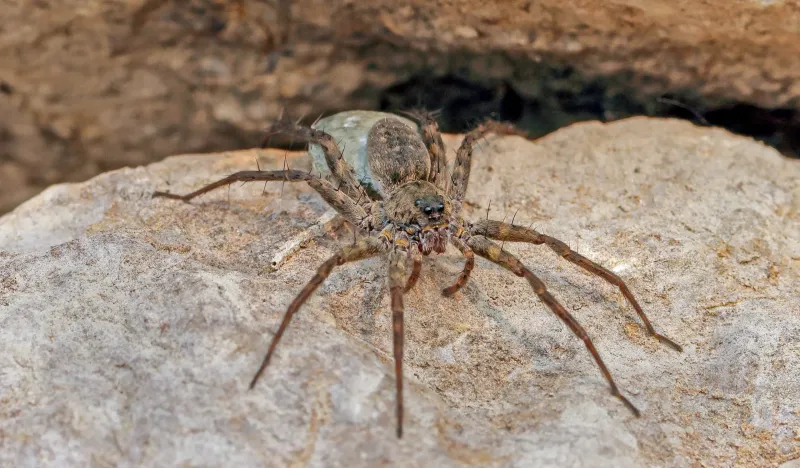
This spider lacks eyes, but not prowess. The Kauai cave wolf spider thrives in Hawaiian caves, relying on touch to hunt. Its adaptability allows it to sense prey with uncanny accuracy. Without sight, it weaves a life of stealth and precision, a true testament to evolutionary innovation in the animal kingdom.
5. Mexican Tetra
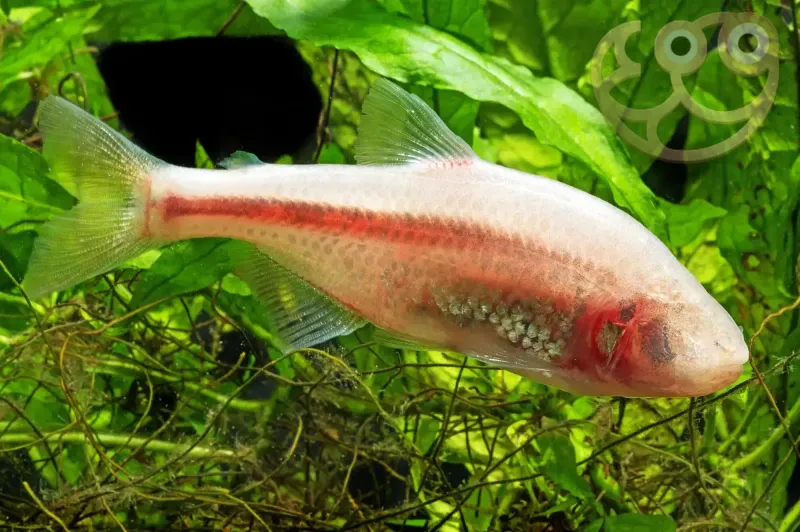
In Mexico’s shadowy caves, the Mexican tetra shines as a beacon of adaptability. Bereft of eyes, this fish relies on heightened sensory perceptions and lateral lines to communicate with its environment.
Its silvery body maneuvers gracefully in darkness, illustrating how life finds ways to flourish even in the most unlikely places.
6. Amblyopsid Fish
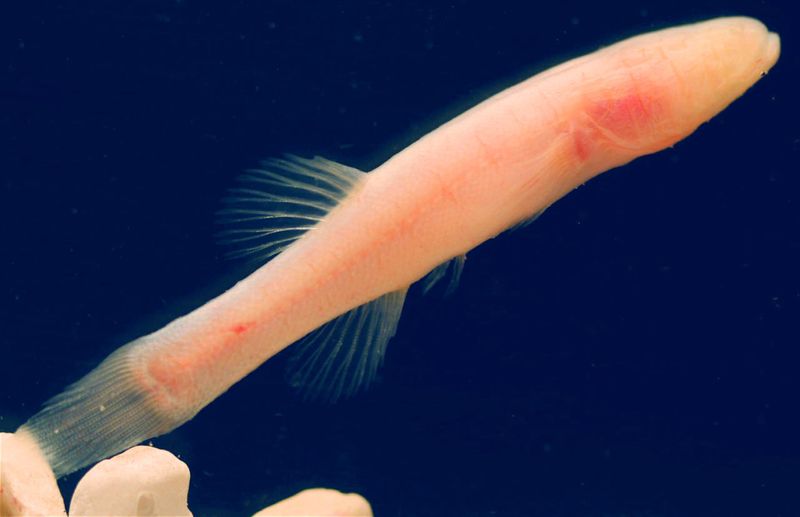
The amblyopsid fish thrives in the shadowy waters of cave streams. Devoid of eyes, it relies on other senses to navigate and hunt.
Its pale body moves with fluid grace in darkness, showcasing evolution’s ability to create life where light cannot reach. The fish’s existence is an elegant dance of survival and adaptation.
7. Blind Shrimp
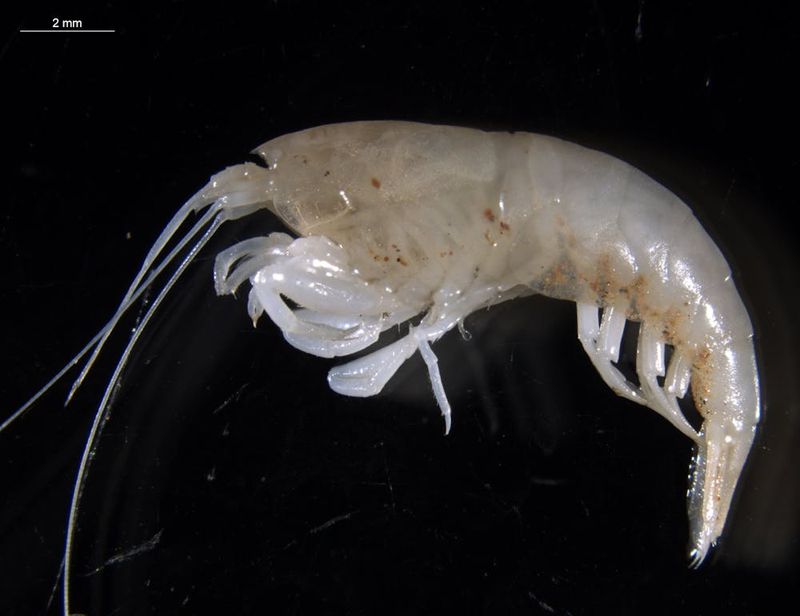
Blind shrimp exemplify survival in the dark, using long antennae as their guide. In underwater caves, they glide gracefully, relying on touch and chemical signals.
This shrimp’s seemingly simple life is a complex dance of adaptation, proving that sight isn’t the only sense that leads to triumph in nature’s fierce contests.
8. Olm
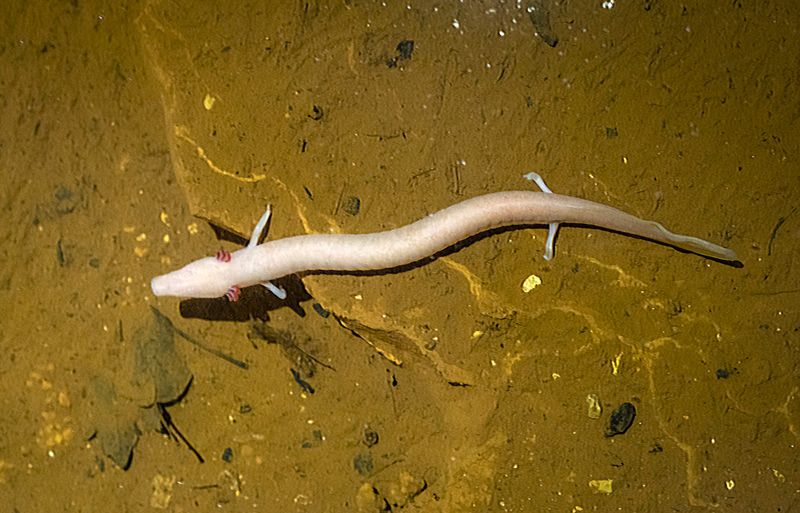
In Europe’s limestone caves, the olm thrives as a blind salamander. Its elongated body and pale skin make it a ghostly but adept navigator.
This creature uses smell and vibration to interact with its world, highlighting how survival in darkness becomes an art. The olm’s existence is a beautiful paradox of fragility and resilience.
9. Blind Beetle
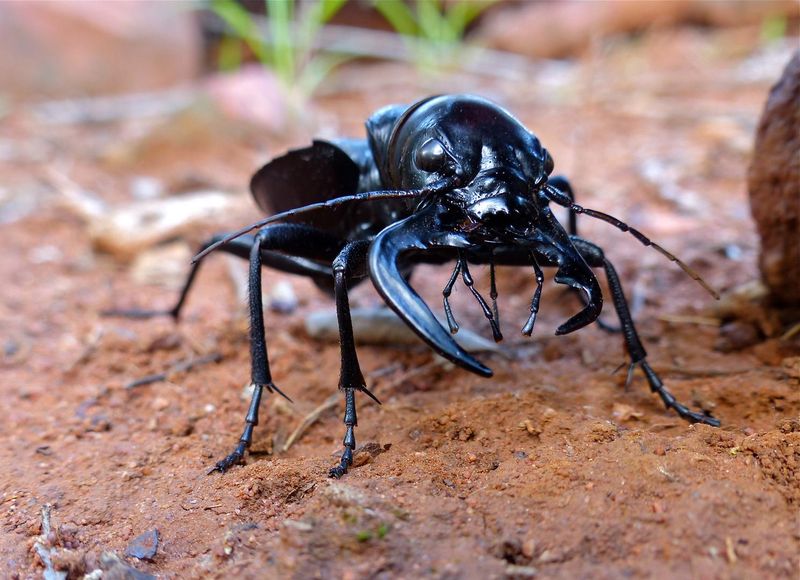
Blind beetles have perfected their subterranean life, using antennae to sense their way. In the absence of light, they explore cave floors with unparalleled dexterity.
Their exoskeletons protect them, while their antennae guide them, a testament to nature’s ingenuity. This beetle proves that in darkness, evolution crafts unseen wonders.
10. Blind Snake
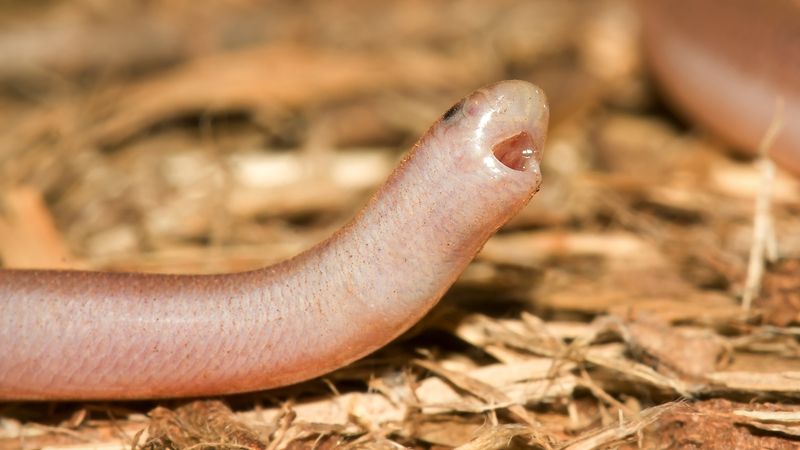
Blind snakes are masters of the underground, using chemical cues and touch to navigate. Though their eyes are hidden, their survival skills are anything but. Slithering through desert sands, they find sustenance in the unseen. These snakes embody the resilience of life, adapting to thrive where others might falter.
11. Blind Scorpion

Blind scorpions navigate caves with a touch of menace and mastery. Lacking sight, they rely on vibrations and chemical signals to hunt.
Their pincers and tails are tools of precision. In the dark, they reveal how evolution equips creatures with extraordinary skills to thrive in environments where others dare not venture.
12. Golden Mole
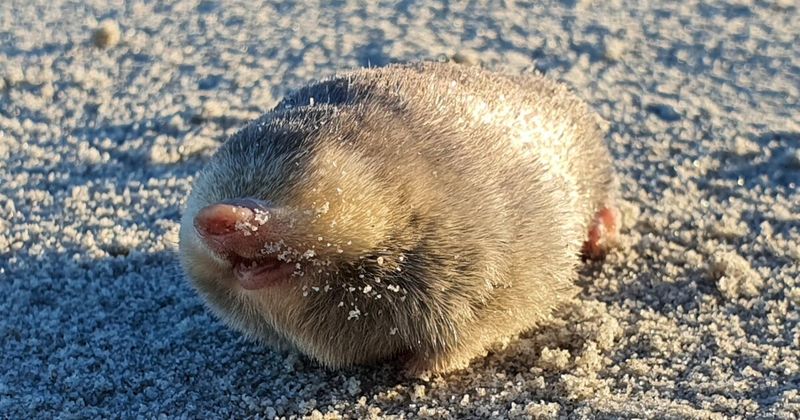
Golden moles redefine what it means to be blind. Living underground in arid regions, they use touch and hearing to navigate.
Their velvety fur shields tiny eyes, showcasing survival through alternative senses. With digging feet as their compass, these moles exemplify how adaptation and ingenuity conquer environmental challenges.
13. Cave Crayfish
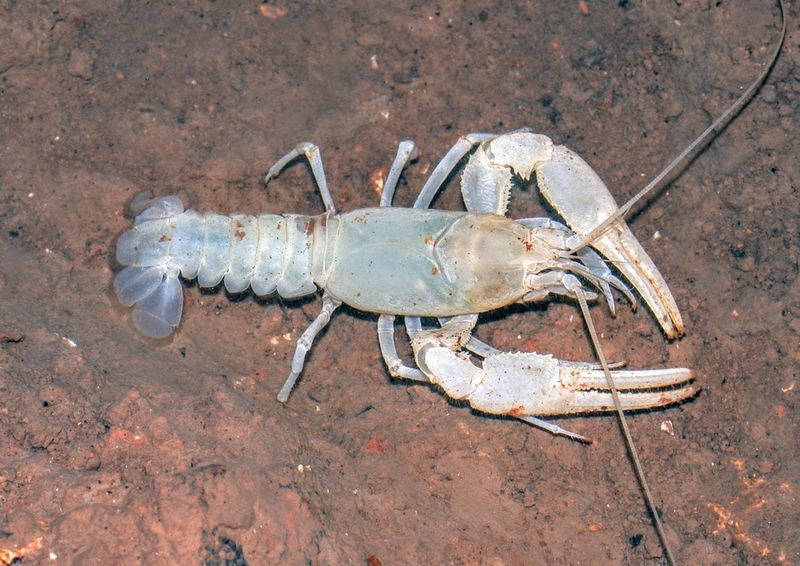
Cave crayfish glide through the subterranean waters with antennae as guides. Their translucent bodies adapt seamlessly to life without light.
In the darkness, they prove that nature’s creativity knows no bounds, using touch and chemical cues to thrive. These creatures are perfect examples of how adaptation is a key to survival.
14. Blind Lizard
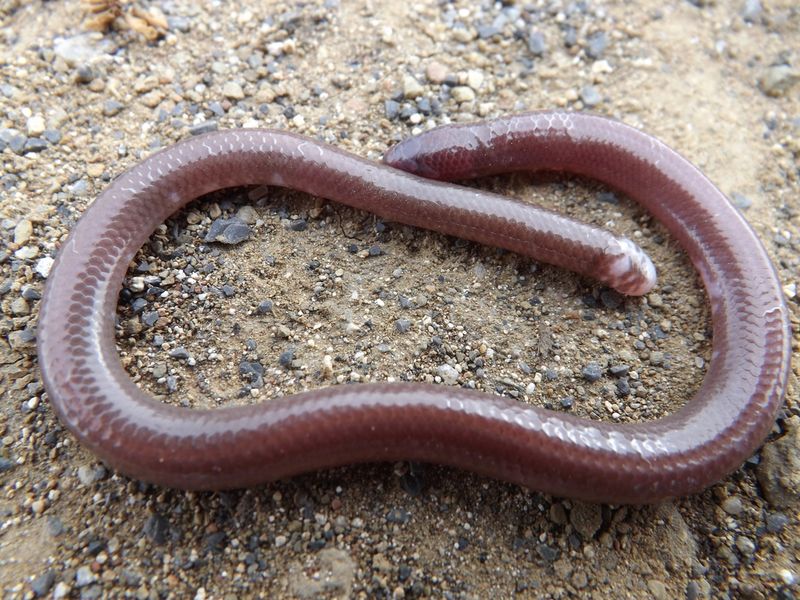
Blind lizards have evolved to live in stark environments, sensing their way with touch and sound. Though their eyes offer little to no sight, their survival is a testament to adaptation.
Basking in the dim light, they represent nature’s incredible ability to adapt visually impaired creatures to their challenging surroundings.
15. Blind Catfish
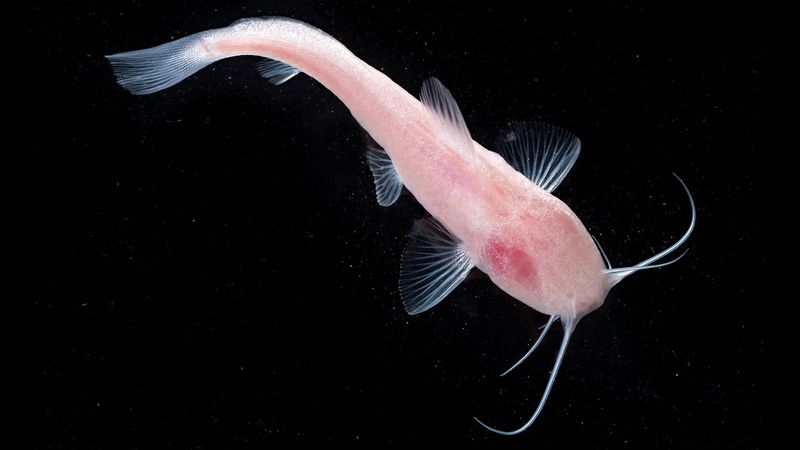
Blind catfish are masters of the murky waters, using whiskers to sense their environment. Inhabiting river bottoms, they move with finesse, turning blindness into a navigational tool.
Their existence is a compelling narrative of adaptation, as they thrive where light is scarce, continuously proving that sight isn’t the only path to survival.


